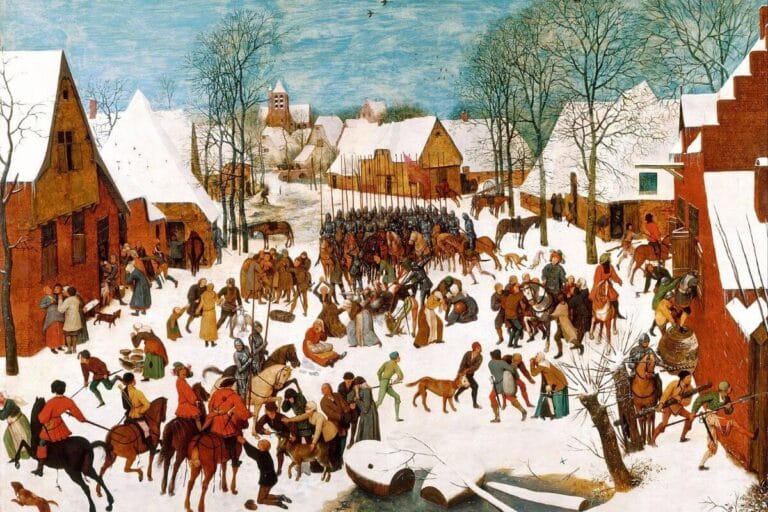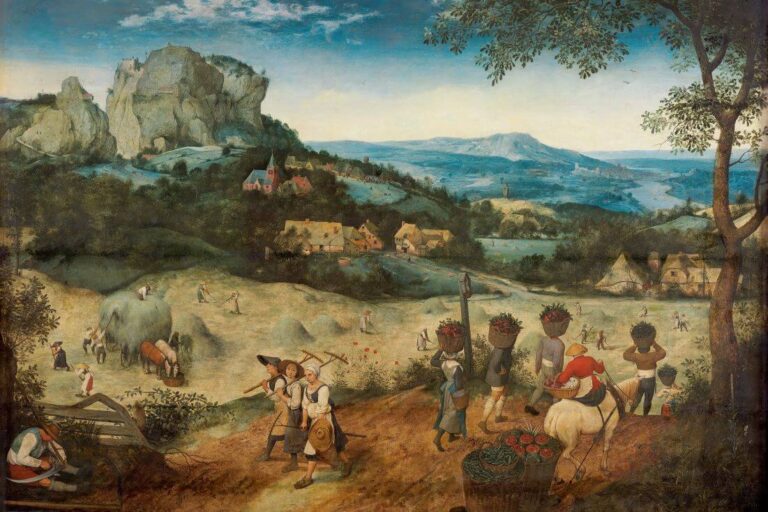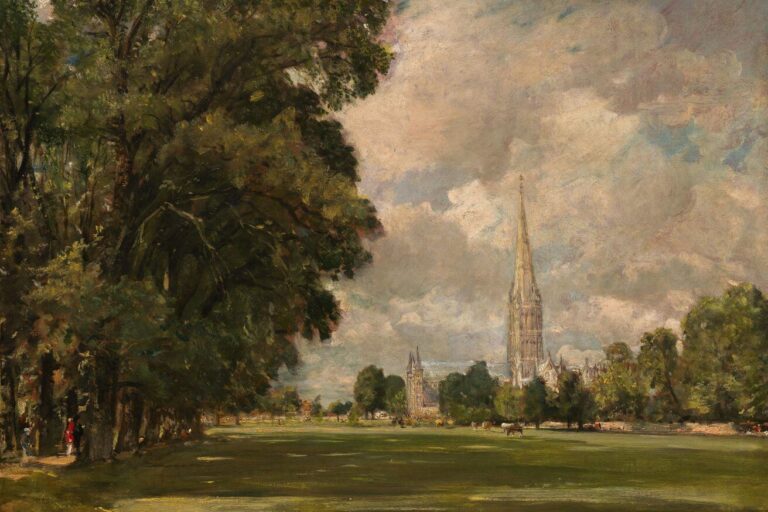Baroque Music is generally understood as the period or style of classical music from around 1600 to 1750. The name ‘baroque’ comes from the French baroque and further back from the Portuguese barocco, denoting ‘a misshapen pearl’. Initially this term was used in a negative, critical way, implying that something was harsh, incoherent, and overblown. Jean-Jacques Rousseau, who was a philosopher as well as a composer, wrote the following critique on baroque music.
“Baroque music is that in which the harmony is confused, and loaded with modulations and dissonances. The singing is harsh and unnatural, the intonation difficult, and the movement limited. It appears that term comes from the word ‘baroco’ used by logicians.”
Jean-Jacques Rousseau, Encyclopédie, Lettre sur la Musique Francaise
The most important aspect of the Baroque was the concept of contrast, which enabled composers to create strong dramatic effects in order to express emotion, contrary to the clear, serene, and meditative music of Renaissance polyphony. Whereas the visual arts made use of the contrast between light and dark (chiaroscuro), in Baroque music contrast could be expressed in other ways, for example through dynamics (loud and soft), tempo (fast and slow), and orchestration (solo and tutti). Thus, composers aimed to impress and to move the listener, using musical rhetoric to provoke archetypal emotions (affections).
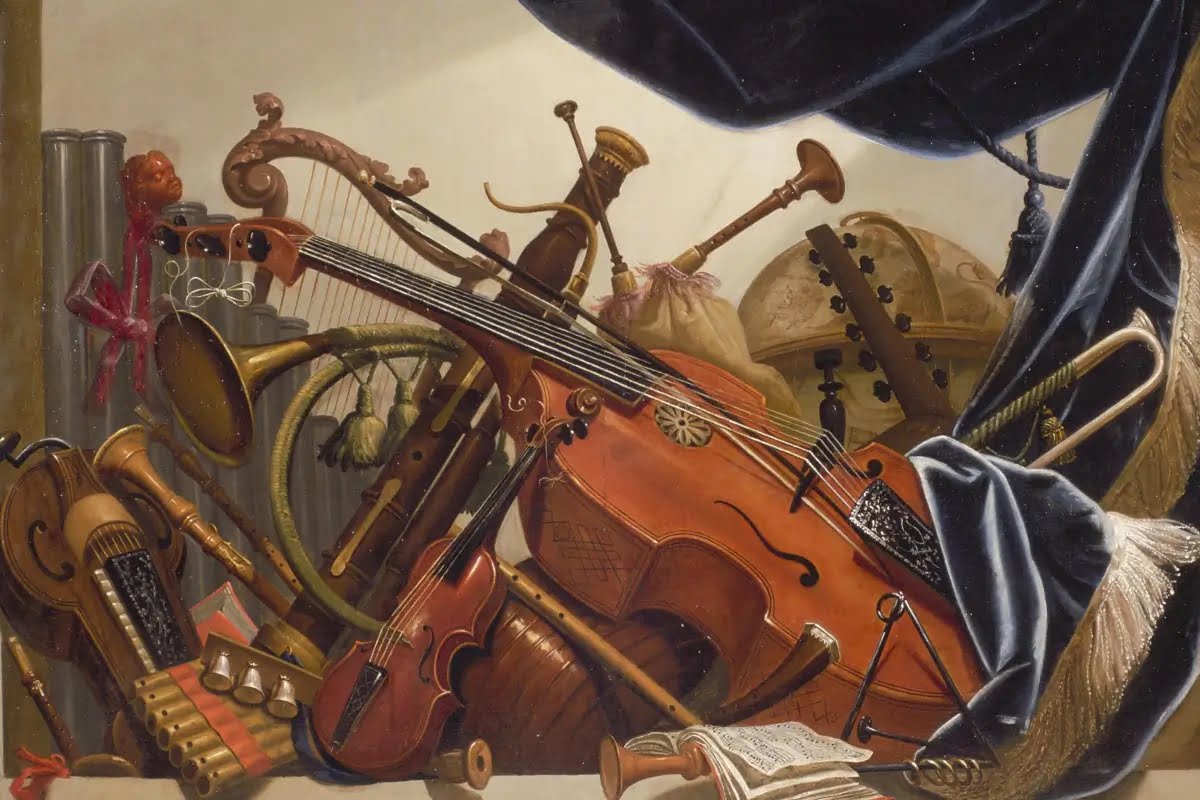
Early Baroque Music (1600-1650)
Early Baroque music was characterized by the transition from polyphony to monody, from multiple equal voices to one solo voice. This solo voice in turn could be very florid, expressive, and dramatic, and it was often accompanied by a harpsichord or lute. This accompanying group provided the chord progression and the bass line, for which reason it is called the basso continuo. Usually there were two continuo players, one supplying the harmony (e.g. harpsichord, lute), the other playing the bass line (e.g. cello, viol, bassoon).

The foundation of Baroque music can be retraced to Italy, where a group of Renaissance humanists wanted to re-create the ancient Greek drama with music. The first great opera was L’Orfeo by Claudio Monteverdi, a dramatic adaptation (including music, dance, drama, and speech) of the myth of Orpheus and Eurydice, marking the beginning of the Baroque period. This new genre of opera was a clear manifestation of the trend towards monody: a clear solo voice that was aimed at provoking specific emotions from the listener, supported in harmony by a basso continuo. Besides his operas, Monteverdi is mostly known for his Vespro della Beata Vergine and his collection of madrigals, especially his Lamento de la Ninfa.
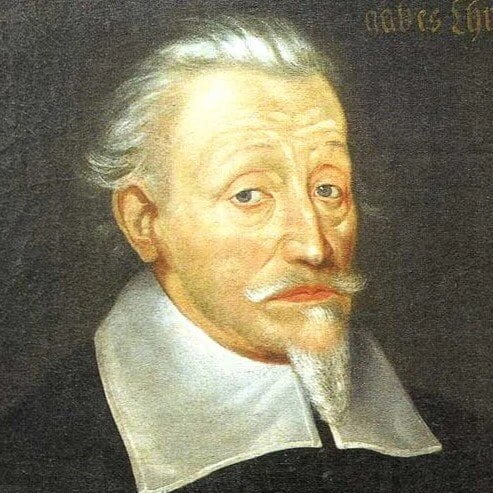
The German counterpart of Monteverdi was Heinrich Schütz. Like Monteverdi, he only composed vocal music, though mostly sacred rather than secular. Schütz had studied music in Venice with the Italian composer Giovanni Gabrieli. Here, he learned how to make use of Gabrieli’s polychoral and concertato style, which was a response to the spacious design of the St. Mark’s Basilica in Venice. Polychoral denotes vocal music by separately spaced choirs (cori spezzati), while concertato refers to the alternating interaction between different groups of musicians, thus giving a very spacious and interactive dimension to the music.
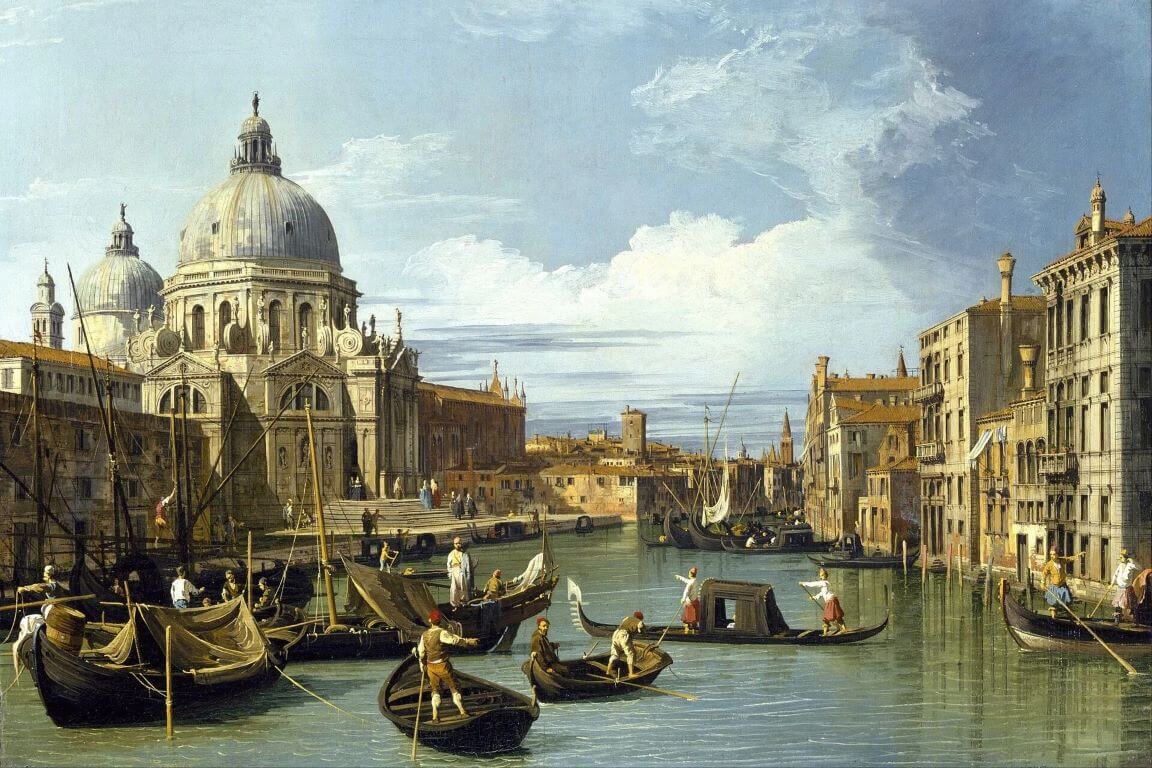
Middle Baroque Music (1650-1700)
During the middle Baroque period, composers began to develop their own national styles of music, moving further away from the early Italian Baroque. This development of national styles was accelerated by the influence of the church and the court. In Germany, baroque music was largely defined by the church, which commissioned Lutheran hymns (chorales) and church cantatas for Sundays and feast days. In France and England it was the royal court that dominated musical developments. Rulers, especially absolute monarchs like Louis XIV, increasingly wanted to manifest themselves also as patrons of the arts. French court music began to emphasize elements of dance and ballet, while the English court commissioned anthems, odes and funeral marches.
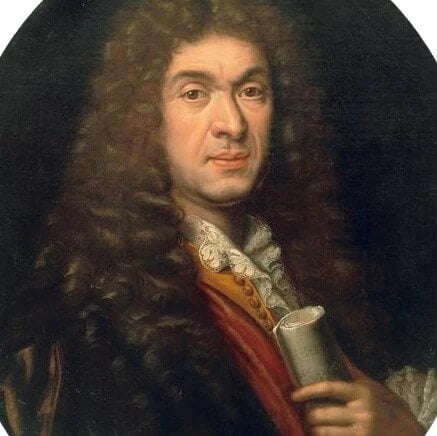
Jean-Baptiste Lully was such a court composer, born in Italy but ending up composing music at the court of le roi soleil, Louis XIV. Influenced by the Italian style, Lully developed the genre of French opera (tragédie en musique). These dramatic works were often based on stories from classical mythology or the epic poems of Tasso and Ariosto, and their prologues generally contained an allegorical celebration of the monarch. In his operas, Lully popularized musical movements based on popular dances (e.g. gavottes, menuets, sarabandes) and introduced the musical form of the French Overture, which became widely popular with later composers.
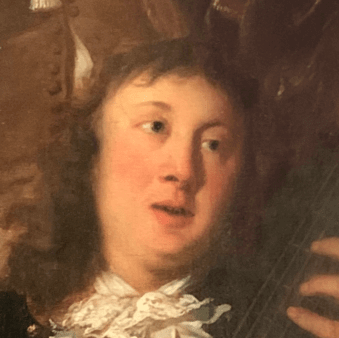
Dieterich Buxtehude was arguably the most important composer from the mid-Baroque period in Germany. Born in northern Germany, Buxtehude in 1668 became organist of the St. Mary’s church in Lübeck. He revived the old practice of performing public concerts in the church (Abenmusik, ‘Evening music’). These public concerts were widely admired, attracting musicians and composers from places far and wide. It is even said in Bach’s obituary that he walked more than four hundred kilometers on foot, from Arnstadt to Lübeck, in order to meet with the famous organist and attend one of his concerts.
“So [Bach] undertook a journey to Lübeck, indeed by foot, in order to listen to the famous organist of St. Mary’s church there, Diedrich Buxtehude.”
While Buxtehude had written cantatas (like the cycle Membra Jesu Nostri), chorales, and chamber music, he is certainly most famous for his organ works, characterized by their ornamented, improvisatory, and florid style (stylus phantasticus). Bach undeniably regarded Buxtehude as the main role model for his own organ music.

As in France, opera was also slowly beginning to take root in England at the time. Henry Purcell, undoubtedly England’s greatest Baroque composer, incorporated both Italian and French elements in his music, though – possibly through the isolation of England – remained distinctly English. Like Lully, Purcell composed music for the court, being a member of the Chapel Royal and having written anthems, odes, and funeral sentences for the royal family. Purcell additionally composed fantasias and sonatas for strings, sacred choral music, suites for harpsichord, and operas, like his King Arthur and Dido and Aeneas.

(Wikimedia Commons)
Late Baroque Music (1700-1750)
The Late Baroque period was a period of consolidation and ripening, which allowed composers to innovate and experiment with new musical ideas within the firmly established musical forms, such as the concerto, concerto grosso, cantata, suite, sonata, opera, and oratorio. While the Late Baroque began in Italy with Corelli and later Vivaldi, it is without a doubt the era of the German composers, like Telemann, Bach, and Handel.
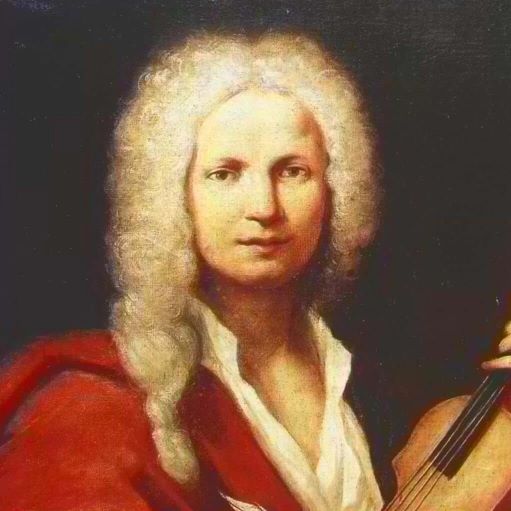
Antonio Vivaldi was the composer par excellence of the genre of the concerto, a musical form with a three-movement structure (fast-slow-fast) that juxtaposes quick, highly energetic movements with slower, elegiac movements. Vivaldi wrote no less than five hundred concertos, mostly for strings, but also for other instruments such as the bassoon, cello, oboe and flute. He brought a new vigor and passion to the genre, which influenced many later composers, including Bach. While Vivaldi had written operas, cantatas, and chamber music, his violin concertos are what he is remembered for, especially his Le quattro stagioni.
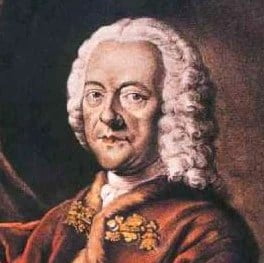
Georg Philipp Telemann was the most prolific composer of his age. He composed more than three thousand works, including operas, oratorios, cantatas, sonatas, suites, chamber music, and concertos. He was immensely popular during his own age, more so than his peers and fellow Germans, Bach and Handel. Telemann became one of the pre-eminent composers of the German mixed style, with Italianate concertos, suites with French overtures and dances, while also drawing from the folk music of Poland.
Telemann’s music emphasized the light and the graceful, with direct and symmetric rhythms. While he moved away from the elaborate, overwrought counterpoint towards a more melodic idiom, his music remained contrapuntally and harmonically complex. Telemann’s best-known works are his orchestral suites (e.g. Wassermusik, Les Nations), concertos (e.g. Trumpet concerto in D Major), and chamber music, especially his Musique de Table (‘table music’).
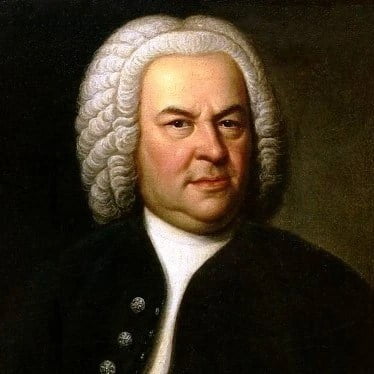
Whereas Telemann was the most popular composer of the 18th century, Johann Sebastian Bach certainly is the most famous Baroque composer today. During his time, Bach’s music was criticized for being too old-fashioned, traditional and unnatural. Only after Mendelssohn recovered Bach’s long since neglected St Matthew Passion and performed it in 1829, was Bach regarded as one of the greatest composers of all time. The Dutch conductor Ton Koopman certainly regards Bach as the greatest composer in the history of music, stating it as follows.
“Bach is the greatest composer. Nobody is coming close to him, even not Mozart. There are people who say that Bach is so intellectual, and so complicated. You want to take them by the hand and say it’s not true! If you listen to this beautiful music, you can enjoy it on many levels — at a level of just music-for-the-millions, and on the level of superb counterpoint. My God, how is it possible for somebody to be able to compose like that? How is it possible to get such splendid music? Bach was able to do that. His ability, his knowledge and his emotions were so good, and in such a fantastic blend that you get to the point where you would say that if there was only Bach in the world you would be happy, really.”
Ton Koopman, from A Conversation with Bruce Duffie, 2005
Bach had developed his own flourishing style of counterpoint and harmony, based on the then firmly established German Baroque tradition, while simultaneously drawing from the the Italian and French style. After Bach had been an organist in Arnstadt and Mühlhausen and a Konzertmeister in Weimar, he was appointed in 1723 as the cantor of the Thomaskirche in Leipzig, a position he would hold for 27 years until his death. There Bach had to supply cantatas for every Sunday and feast day, and it is the place where he would compose many of his most famous works. Bach’s best-known compositions are his Brandenburg Concertos, Orchestral Suites, Cello Suites, Goldberg Variations, Cantatas, Mass in B Minor, and of course his St. Matthew Passion. His vocal compositions, especially the collection of more than two hundred surviving cantatas, are generally regarded as his greatest musical achievement.
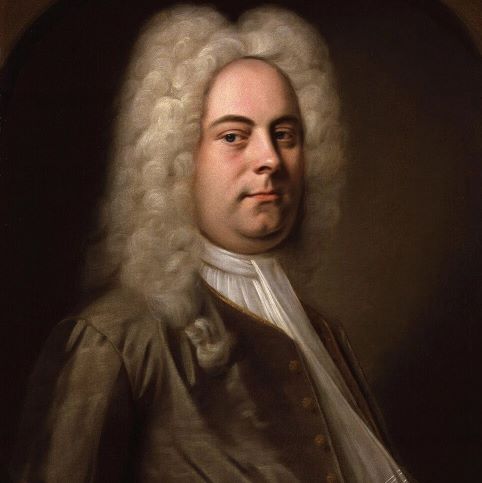
Whereas Bach stayed in Germany his whole life, George Frideric Handel had traveled to Italy in order to meet composers like Corelli, Scarlatti and Vivaldi. He eventually settled down in England, where he was commissioned to write music for the royal household, as well as many wildly popular operas and oratorios for the opera houses in London. Handel marks the peak of the high baroque style, combining Italian opera with the English tradition of Purcell.
From 1741, when he composed his Messiah, Handel turned away from opera and began almost exclusively composing oratorios. During the breaks of these oratios, he performed concertos as interludes, such as his concerti grossi. Handel adopted this Italian genre from Corelli, in which the music is passed between a small group of soloists (concertino) and the rest of the ensemble (concerto grosso). While Handel, like Telemann, was an incredibly prolific and versatile composer, his works have largely been neglected in recent times in favour of Bach’s, even though composers like Beethoven revered him over all others.
“He is the greatest composer that ever lived. I would uncover my head and kneel before his tomb.”
Handel’s most famous works are his oratios (e.g. Messiah, Solomon, Saul), based mostly on biblical topics, operas (e.g. Giolio Cesare, Agrippina), based on ancient history and classical mythology, orchestral suites (e.g. Water Music, Music for Royal Fireworks, Concerti Grossi), sonatas and suites for solo instrument (e.g. flute sonatas, harpsichord suites), concertos (e.g. Organ Concertos), and choral music (e.g. Dixit Dominus, Coronation Anthems).
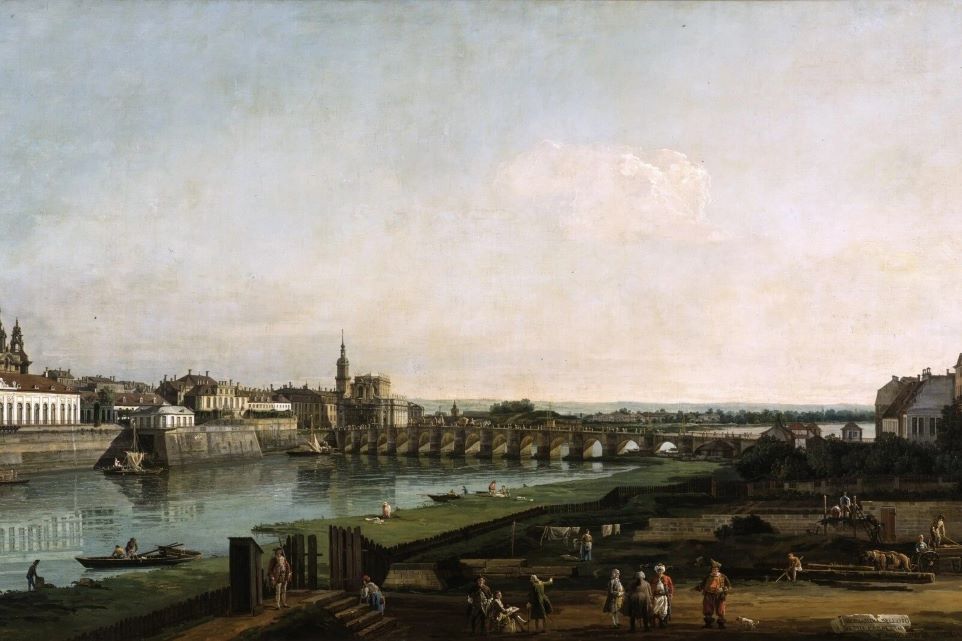
Overview of Baroque Composers

- Early Baroque
- Giovanni Gabrieli
- Jan Pieterszoon Sweelinck
- Orlando Gibbons
- Claudio Monteverdi
- Giralomo Frescobaldi
- Heinrich Schütz
- Mid-Baroque
- Jean-Baptiste Lully
- Marc-Antoine Charpentier
- Dieterich Buxtehude
- Heinrich Ignaz Franz Biber
- Arcangelo Corelli
- Henry Purcell
- Late Baroque
- François Couperin
- Antonio Vivaldi
- Georg Philipp Telemann
- Jean-Philippe Rameau
- Johann Sebastian Bach
- George Frideric Handel

